
This spoon is used to prepare absinthe, an alcoholic drink once believed to produce psychedelic effects. Historically, absinthe contained trace amounts of the chemical thujone, which acts as a GABAA receptor antagonist. This can cause tremors, muscle spasms and seizures. Thujone can be found in a number of plants, most notably, wormwood. Evidence suggests that the effects of thujone from absinthe do not contribute to intoxication. The traditional method of drink preparation, utilizes the absinthe spoon to suspend a sugar cube over the absinthe cocktail, which is then dissolved by water. "Absinthe" flavored alcoholic drinks in the United States no longer contain thujone.

The EPA has identified six pollutants as "criteria" air pollutants because it regulates them by developing human health-based and/or environmentally-based criteria (science-based guidelines) for setting permissible levels. These six pollutants are carbon monoxide, lead, nitrogen oxides, ground-level ozone, particle pollution (often referred to as particulate matter), and sulfur oxides. Image courtesy of Mostafa Sheshtawy. https://www.flickr.com/photos/msheshtawy/
Back to Top

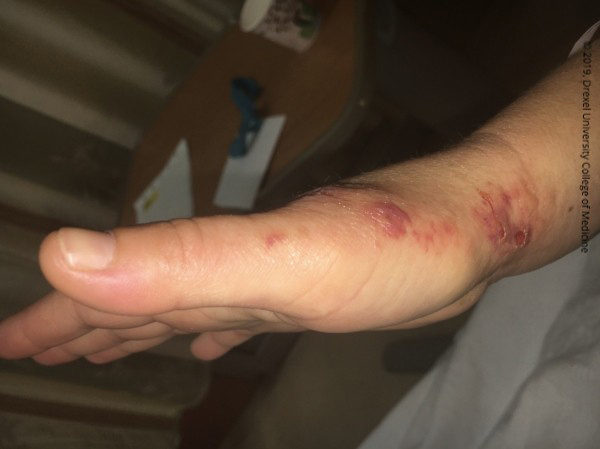
Sodium hypochlorite is the active component in bleach cleaning products. Most household bleach products contain a low concentration of the alkali hypochlorite (< 5%) and the toxicity of ingestion is limited, unless intentional. Hypochlorite will produce an irritant effect on the mucous membranes and gastrointestinal tract. Higher concentrations of hypochlorite, utilized in industrial products, will produce caustic injuries including necrosis and erosion through the gastrointestinal tract.
Back to Top
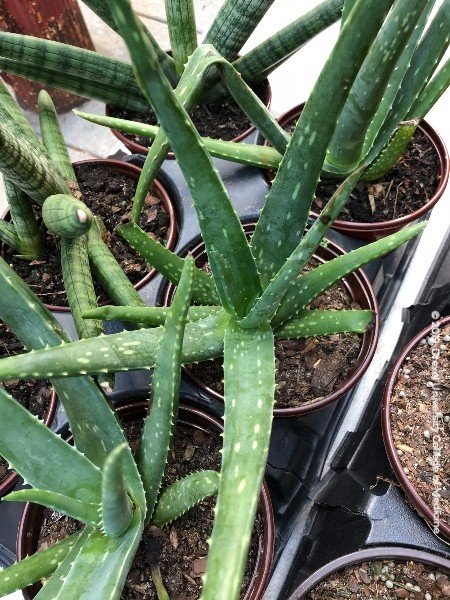
Usually a rosette of large, thick, fleshy leaves and vary in color from grey to bright-green and are sometimes striped or mottled. Commonly used as ornamental plants in gardens and pots, however it is also used in soaps and in various skin care products. Contains aloin which is used as a laxative in various products. Ingestion of Aloe preparations is associated with diarrhea, hypokalemia, pseudomelanosis coli, kidney failure, as well as phototoxicity and hypersensitive reactions.
Back to Top
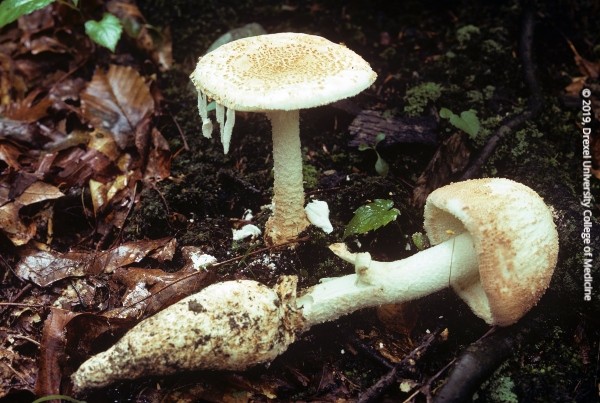
Amanita daucipes, also known as "turnip-foot amanita," is a mushroom found throughout forests in the eastern United States. It is not well known whether this species of mushroom contains amatoxin, like other members of the Amanita family, but it is recommended to avoid consumption of this species due to the potent toxicity of amatoxin.
Back to Top
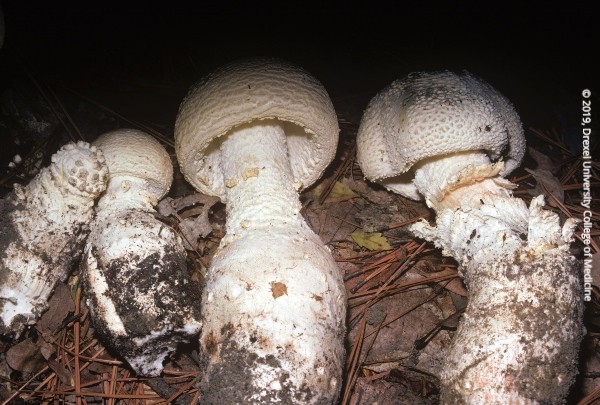
Amanita rhopalopus is a species of mushroom native to the East Coast of USA between New York and North Carolina. It is suspected of containing allenic norleucine because of its apparent, close relationship to A. smithiana.
Back to Top

Anhydrous ammonia is commonly used in the agriculture industry. It may cause severe irritation, eye burns and permanent eye damage through contact with liquid or vapor. It can also cause severe irritation and burns of the nose, throat and respiratory tract.
Back to Top
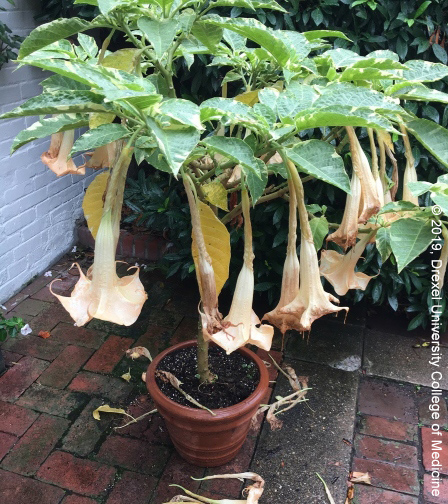
Commonly used ornamental flowers that contain anticholinergic alkaloids. The anticholinergic syndrome is characterized by warm, dry, flushed skin; dry mouth; mydriasis; delirium; tachycardia; ileus; and urinary retention. Jerky myoclonic movements and choreoathetosis are common and may lead to rhabdomyolysis. Hyperthermia, coma and respiratory arrest may occur.
Back to Top


Left Image: Clock-drawing test in a patient with delirium following ingestion of an anticholinergic agent after physostigmine administration.
Right Image: Clock-drawing test in a patient with delirium following ingestion of an anticholinergic agent.
Back to Top

Products used for creating permanently etched designs on windows, mirrors, and other glassware may include active ingredients such as sodium bifluoride and ammonium bifluoride. Toxicities with this product are due to fluoride toxicity, which causes direct cytotoxic and metabolic toxicities as well as chelation of calcium and magnesium. Systemic absorption may occur following skin exposure or ingestion; resulting in severe and rapid hypocalcemia with cardiac dysrhythmia and arrest.
Back to Top
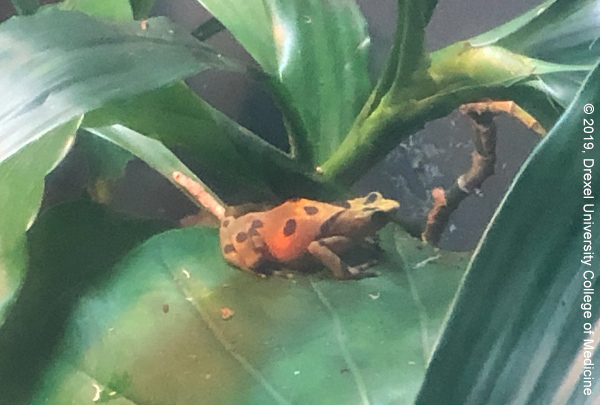
Skin secretions include zetekitoxin AB and tetrodotoxin.
Back to Top

Atropine is utilized as an antidote for organophosphate nerve gas agents, specifically by inhibiting the effects of cholinesterase inhibitors at muscarinic receptors. Atropine prevents the binding of the excess acetylcholine that results from acetylcholinesterase inhibition by organophosphates. The availability of this antidote in a quick injector device allows for emergency use in exposures to nerve agents, specifically individuals in the military.
Back to Top

Auromere toothpaste is a natural toothpaste made from herbal extracts. The primary concerning ingredient is potassium sorbate, an odorless chemical additive used to preserve foods, drinks, and personal care products, which can lead to skin irritation, hypersensitivity reactions (itching of the mouth/throat), swelling, local tissue irritation, cough, rhinorrhea, shortness of breath, bronchospasm, upper airway swelling and acute lung injury in high concentrations and/or prolonged usage.
Back to Top